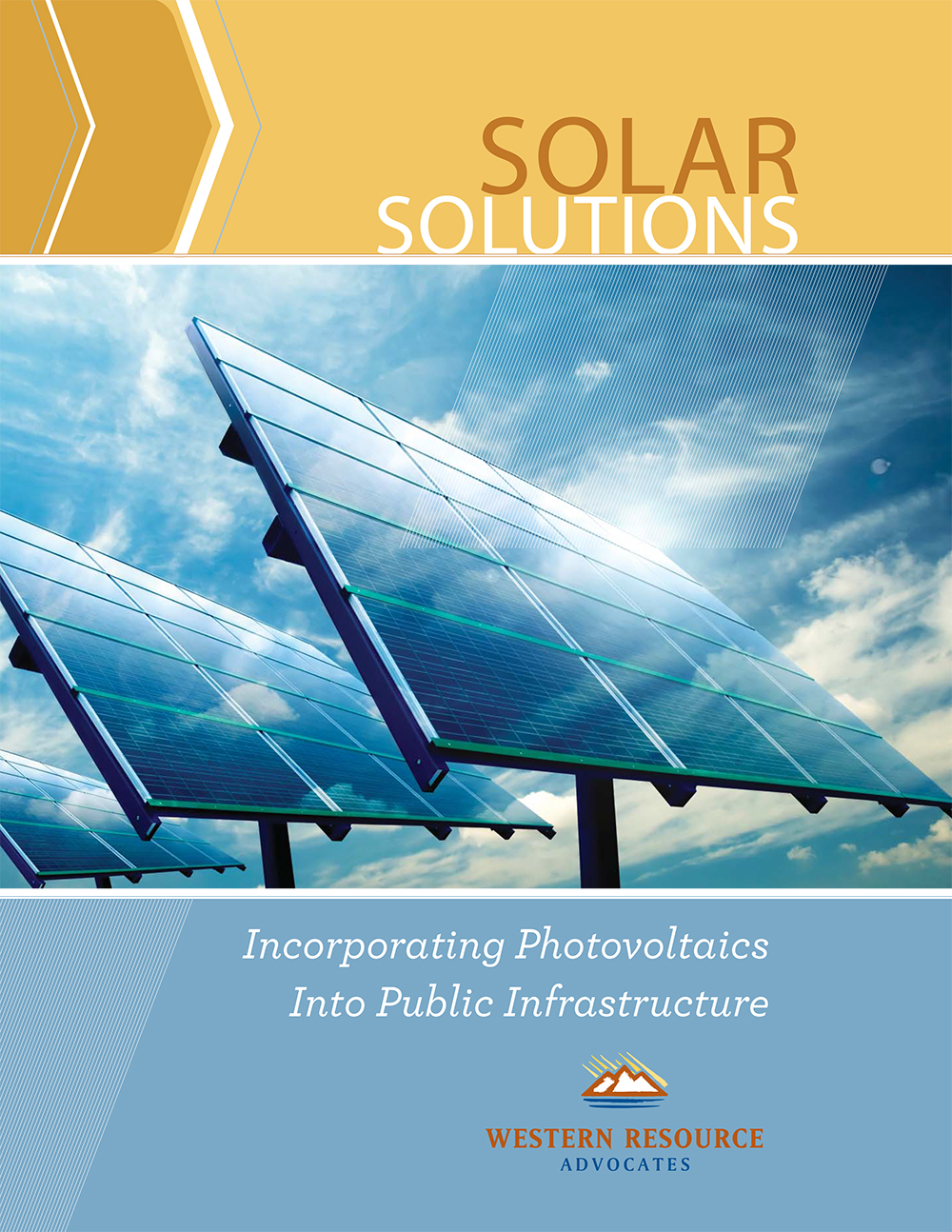
Solar Solutions: Incorporating Photovoltaics into Public Infrastructure
Buildings, airports, parks, shade structures, water supply systems, sound barriers, and even public art can feature photovoltaic (PV) solar systems that generate electricity; this WRA report details how local and regional governments can, and do, integrate sustainable energy generation into their public facilities, including leading practices and a helpful appendix with descriptions of completed projects.
PV is a solution multiplier — when PV is incorporated into infrastructure, facilities provide both infrastructure services and clean energy. In addition, PV projects can be located on underutilized public land such as decommissioned landfills. PV projects have environmental benefits that foster sustainability. In contrast to electricity produced by burning fossil fuels, PV has no emissions of carbon dioxide, sulfur dioxide, nitrogen oxides, or other air pollutants. Further, PV consumes negligible amounts of water to produce electricity, as opposed to steam powered electric generation. And PV incorporated into infrastructure generally does not create the environmental problems that might occur when siting new energy projects on undeveloped land. Finally, for consumers, such as a municipal government, PV projects offer stable prices for electricity that serve as a hedge against uncertain future electric utility rates. The projects reviewed in this report indicate convincingly that PV is a practical addition to infrastructure where policies and programs are favorable.

